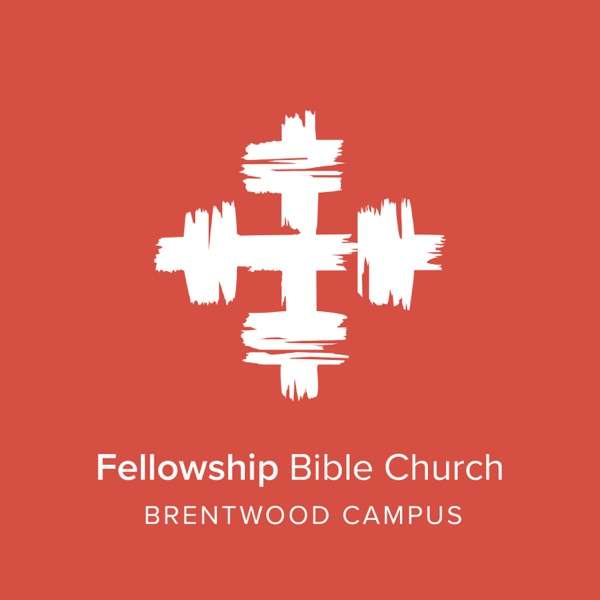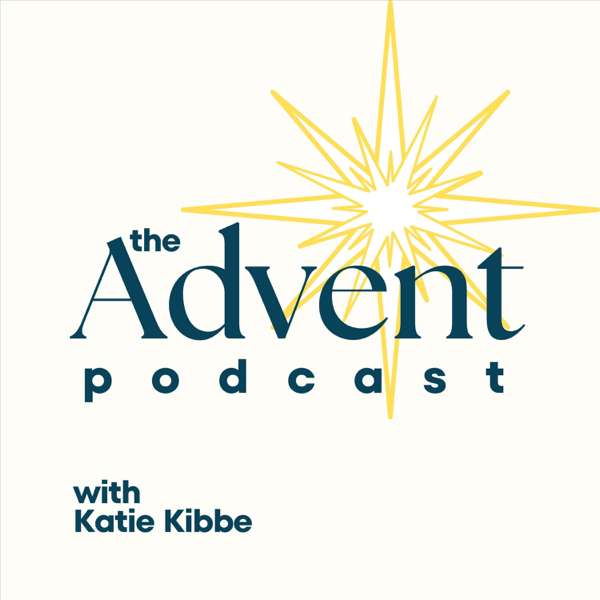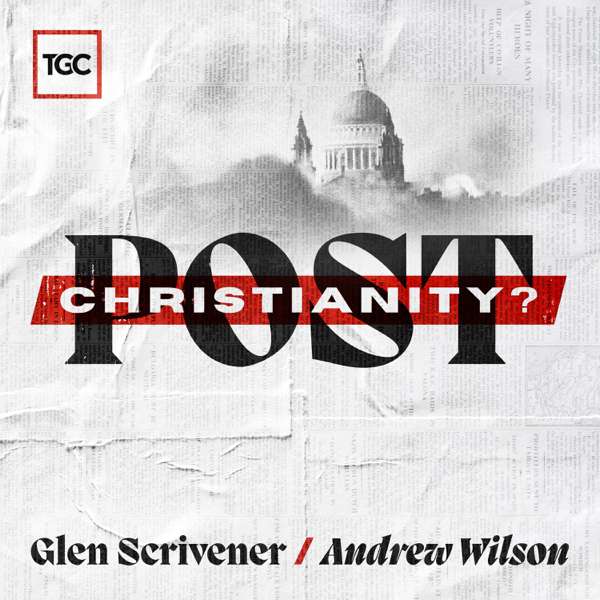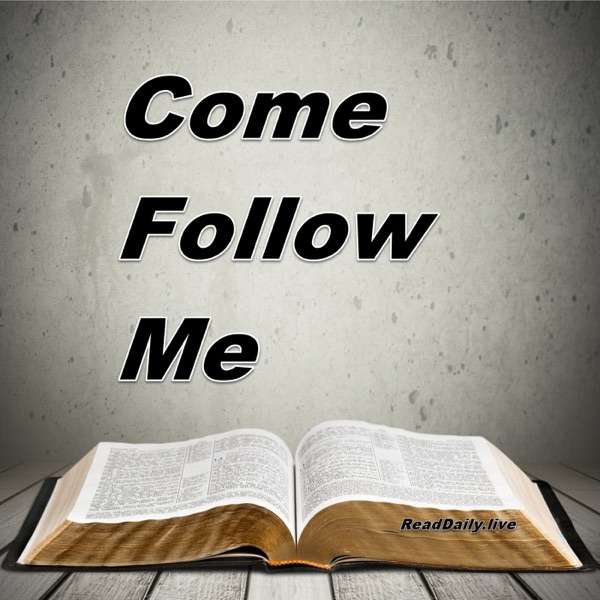Nadya Williams is joined by Ivana Greco and Dixie Dillon-Lane to explore Winnie-the-Pooh as a children’s classic. They discuss what makes a book timeless, how Milne’s humor and characterization capture the child’s mind, the role of family lore and shared cultural touchstones, and how to navigate classics that don’t click with every child.
Chapters 00:03 – Origins of Winnie-the-Pooh and its enduring appeal 03:19 – Defining a “classic” in children’s literature 07:11 – Story plots, character development, and the child’s perspective 09:16 – Humor, literal thinking, and being “in on the joke” 13:10 – Power dynamics, Christopher Robin, and imaginative escape 15:32 – Re-reading classics through different life stages 17:05 – Songs, riddles, and the child’s interior life 21:25 – The instinctive music of childhood 24:55 – Character archetypes: Eeyore, Tigger, and self-recognition 29:46 – Literary touchstones in family culture 33:43 – When classics don’t click with your kids 41:22 – Encouraging literacy in homeschooling 47:12 – Adapting teaching methods to your child and yourself 49:51 – Avoiding power struggles in reading instruction 54:20 – Recognizing slow, steady progress 58:00 – Classics the guests wish they had written 01:07:18 – Books that become part of who we are
Links
Alexander Lenard,
Winnie Ille Pu (the Latin translation) Ivana D. Greco, "
The Home Front" Dixie Dillon Lane, "
The Hollow"

 Our TOPPODCAST Picks
Our TOPPODCAST Picks  Stay Connected
Stay Connected







